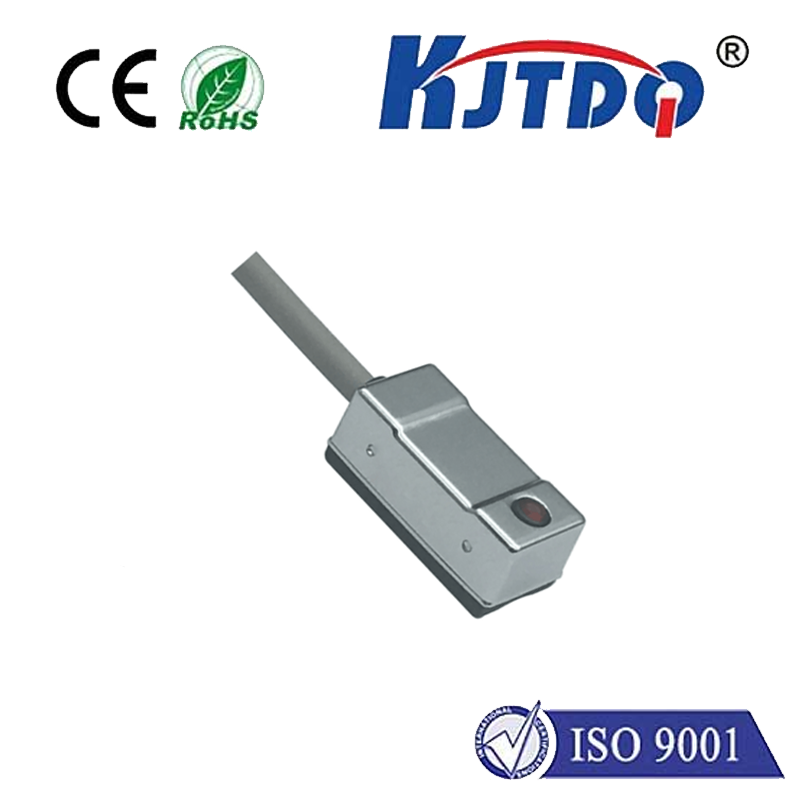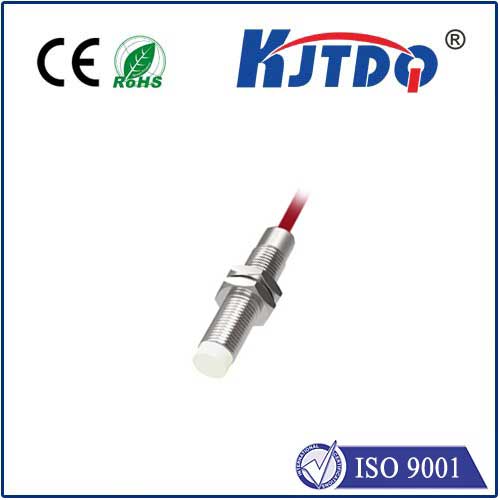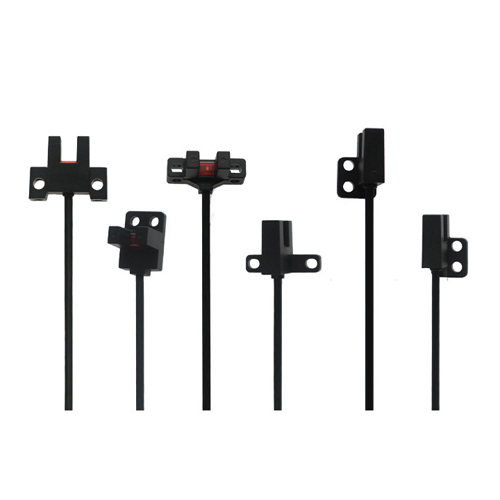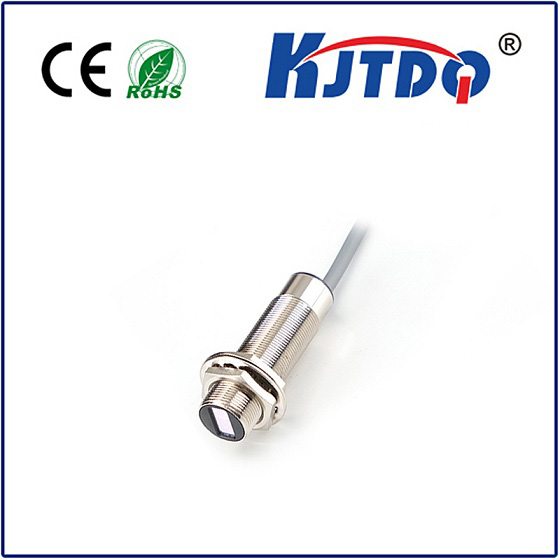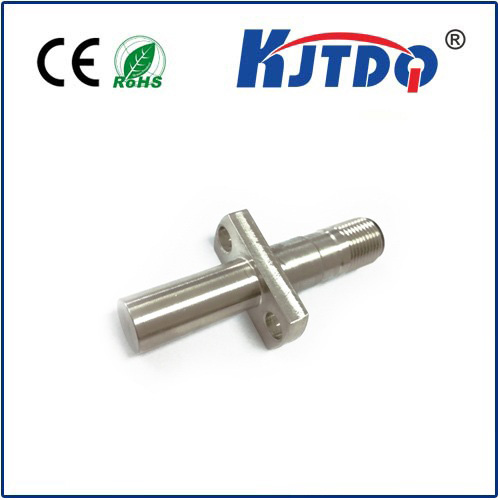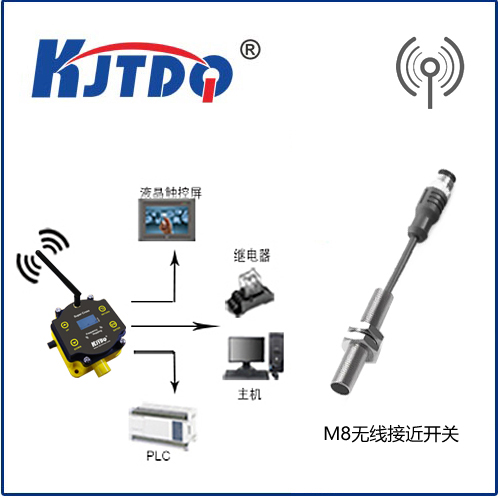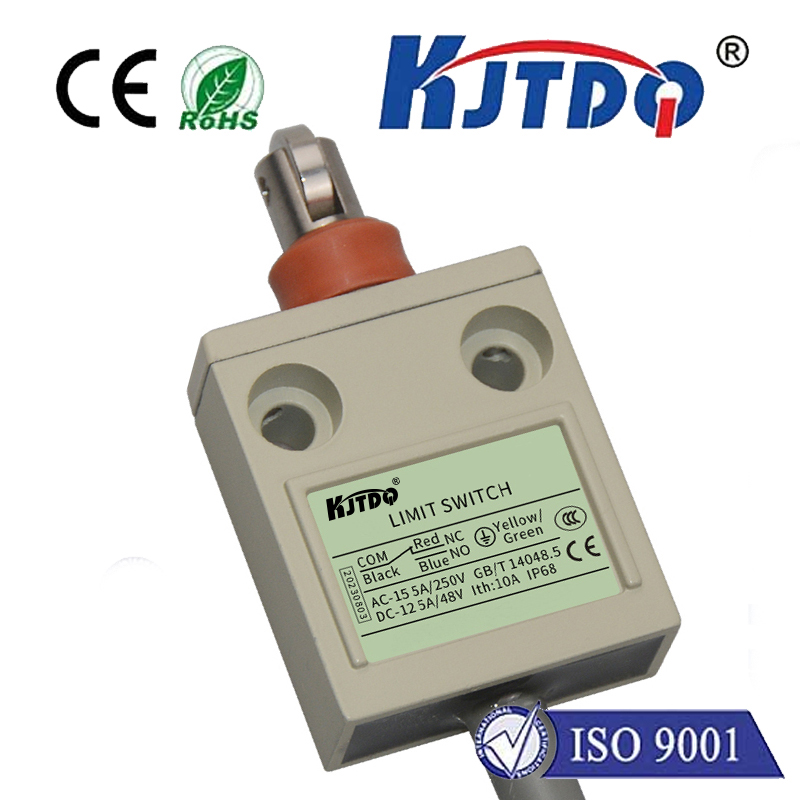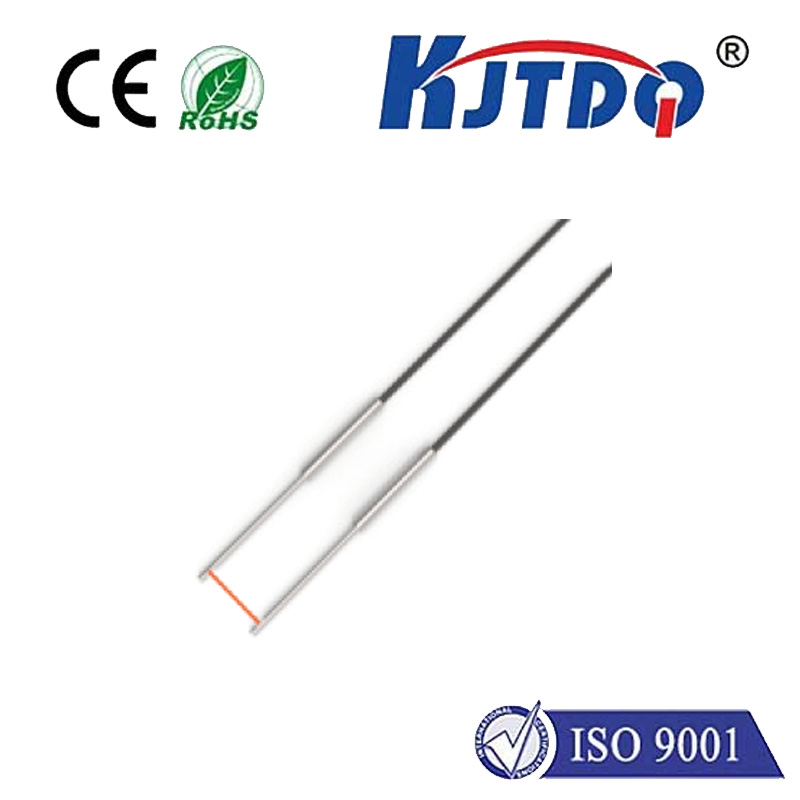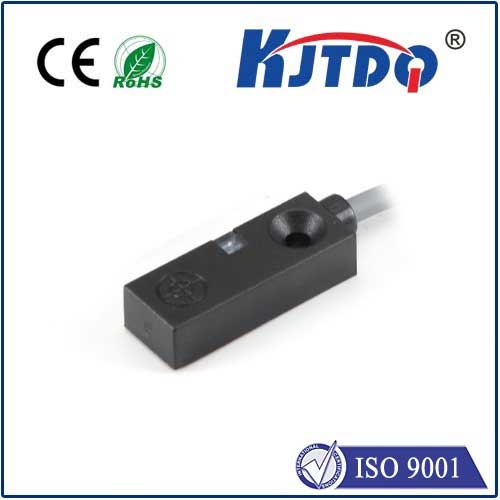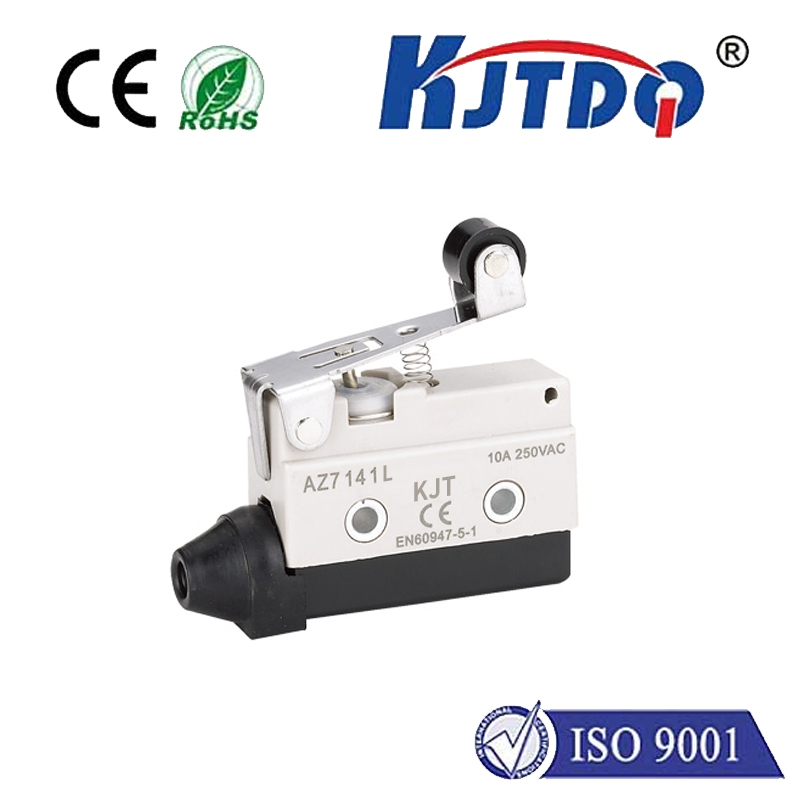lm75 temperature sensor
- time:2025-08-25 01:10:46
- Click:0
LM75 Temperature Sensor: Your Essential Guide to Accurate, Digital Thermal Monitoring
In the intricate world of electronics, temperature isn’t just a number—it’s a critical factor dictating performance, reliability, and longevity. From preventing processors from throttling under load to safeguarding industrial equipment against thermal runaway, precise temperature monitoring is non-negotiable. Enter the LM75 temperature sensor, a stalwart digital solution that has earned its place as a go-to component for engineers and hobbyists alike. This versatile IC simplifies the complex task of thermal management, offering a robust blend of accuracy, ease of use, and seamless integration via the ubiquitous I²C bus interface. Understanding its capabilities is fundamental for anyone designing systems where thermal conditions matter.
The LM75 stands out as a dedicated digital temperature sensor and thermal watchdog. Unlike older analog sensors requiring complex signal conditioning and analog-to-digital conversion (ADC) on the host microcontroller, the LM75 beautifully handles the entire process internally. It boasts an integrated bandgap temperature sensor core coupled with a sigma-delta analog-to-digital converter (ADC), delivering a 9 to 12-bit digital temperature reading directly accessible over its I2C interface. This inherent digital nature significantly simplifies system design, reduces component count, and minimizes noise susceptibility compared to analog alternatives.
Key Features Defining the LM75’s Utility:
- Digital Output (I²C Interface): This is arguably its most significant advantage. The two-wire I²C serial bus allows easy connection to virtually any modern microcontroller (MCU), microprocessor (MPU), or System-on-Chip (SoC) with minimal wiring complexity. Communication follows standard I²C protocols.
- Wide Temperature Range & Accuracy: Typically operating from -55°C to +125°C, the LM75 covers the vast majority of industrial, commercial, and consumer application needs. Its factory-calibrated accuracy is commonly ±2°C from -25°C to +100°C, sufficient for most monitoring and control tasks, with variations possible across specific manufacturers and grades.
- Programmable Resolution: While often used with its default 9-bit resolution (0.5°C per Least Significant Bit - LSB), the LM75 allows configuration for higher 10, 11, or 12-bit resolution (0.25°C, 0.125°C, 0.0625°C per LSB respectively), enabling finer granularity when needed, acknowledging the trade-off with conversion time.
- Overtemperature Shutdown (OS Output): Functioning as a dedicated thermal alert, the Open-drain OS output pin activates when the measured temperature exceeds a user-programmable threshold (
T_OS). Crucially, it remains active until the temperature falls below another programmable hysteresis threshold (T_HYST). This feature allows for robust hardware-based thermal protection independent of microcontroller software polling, acting as a crucial safety net.
- Low Power Consumption: Designed for efficiency, the LM75 typically consumes very low quiescent current in operating mode (often around 100-250 µA) and can enter ultra-low-power shutdown mode (just a few microamps) when continuous monitoring isn’t required, making it ideal for battery-powered or energy-sensitive applications.
- Address Selectability: With three address pins (A0, A1, A2), up to eight LM75 devices can coexist on the same I²C bus without address conflicts, enabling multi-point temperature monitoring within a single system. The standard base address is
0x48 (1001 000), modified by the state of A0-A2.
- Simple Package Options: Commonly available in space-efficient 8-pin packages like SOIC, TSSOP, and the distinctive MSOP-8, along with the older but robust TO-220 package for simpler mounting or heatsink attachment.
Core Specifications to Consider:

- Supply Voltage: Typically operates from 2.8V to 5.5V, compatible with both 3.3V and 5V logic systems.
- Conversion Time: Varies based on resolution: ~100ms (9-bit), ~200ms (10-bit), ~300ms (11-bit), ~400ms (12-bit). This impacts how frequently readings can be reliably obtained.
- OS Response Polarity: Configurable as active-high or active-low via a control register bit.
- Fault Queue: Programmable setting (1, 2, 4, or 6 faults) requiring consecutive overtemperature measurements before triggering OS, preventing false alarms from transient noise.
Where the LM75 Temperature Sensor Shines: Application Spotlight
The LM75’s combination of features makes it incredibly versatile:
- Computer Systems & Servers: Monitoring CPU, GPU, VRM, chassis air temperature, triggering cooling fan control or system alerts/throttling.
- Consumer Electronics: Monitoring temperature in smart home hubs, set-top boxes, displays (LCD/OLED), power supplies, gaming consoles, printers.
- Industrial Control & Automation: Protecting PLCs, motor drives, power converters, process instrumentation from overheating; monitoring environmental conditions in enclosures.
- Telecommunications Equipment: Thermal management in routers, switches, base stations, power amplifiers.
- Embedded Systems & Hobbyist Projects: A favorite for Raspberry Pi, Arduino, and other microcontroller projects requiring reliable, easy-to-use temperature sensing without complex analog circuits. Its I²C simplicity accelerates development.
- Battery Management Systems (BMS): Monitoring battery pack temperature for safety and optimal charging algorithms.
- Laboratory Equipment & Test Gear: Providing internal temperature references or monitoring.
Implementing the LM75: The Essentials
Integration is remarkably straightforward:
- Hardware Connection:
- Connect VDD (Pin 8) to a clean 2.8V-5.5V supply.
- Connect GND (Pin 4) to system ground.
- Connect SDA (Pin 7) and SCL (Pin 6) to the corresponding I²C lines on the host controller, using pull-up resistors (typically 4.7kΩ or 10kΩ).
- Configure A0, A1, A2 (Pins 1,2,3) to set the desired I²C device address.
- Connect OS (Pin 5) to an interrupt-capable GPIO on the host or use it to directly control a shutdown circuit. A pull-up resistor is required here too.
- Software Interaction: The host MCU communicates via I²C:
- Reading Temperature: Read the 16-bit Temperature Register (0x00). The upper 9 bits represent the temperature in two’s complement format (MSB is sign bit). Conversion is simple:
Temperature (°C) = (Read_Value >> 7) * 0.5.
- Configuring OS: Write desired thresholds
T_OS (Register 0x03) and T_HYST (Register 0x02), formatted similarly to the temperature reading. Configure OS polarity and fault queue via the Configuration Register (0x01).
- Shutdown Control: Bit 0 of the Configuration Register (0x01) puts the LM75 into low-power shutdown mode.
Why Choose the LM75 Digital Temperature Sensor?
Beyond its technical specifications, the LM75 represents a triumph of design-for-reliability and system simplification. Its dedicated digital interface removes significant analog design burdens. The hardware OS output provides a critical, fast-acting layer of protection. Its low cost, wide availability from numerous manufacturers (NXP Semiconductors, Texas Instruments, Maxim Integrated, etc.), and proven track record over decades solidify its position. While newer sensors offer potentially higher accuracy or additional features, the LM75 excels at delivering the core requirement – reliable, easily interfaced temperature data with hardware protection – in an extraordinarily simple and cost-effective package.
Whether you’re fine-tuning cooling in a high-performance server rack, adding thermal monitoring to an






